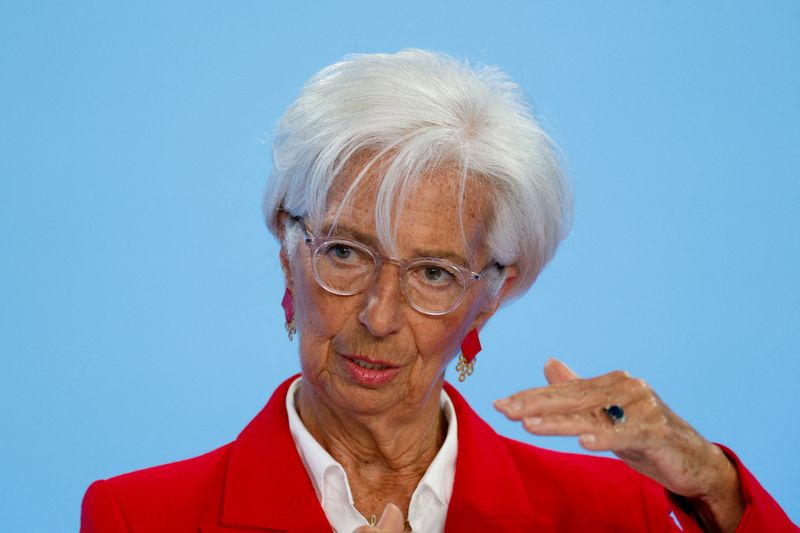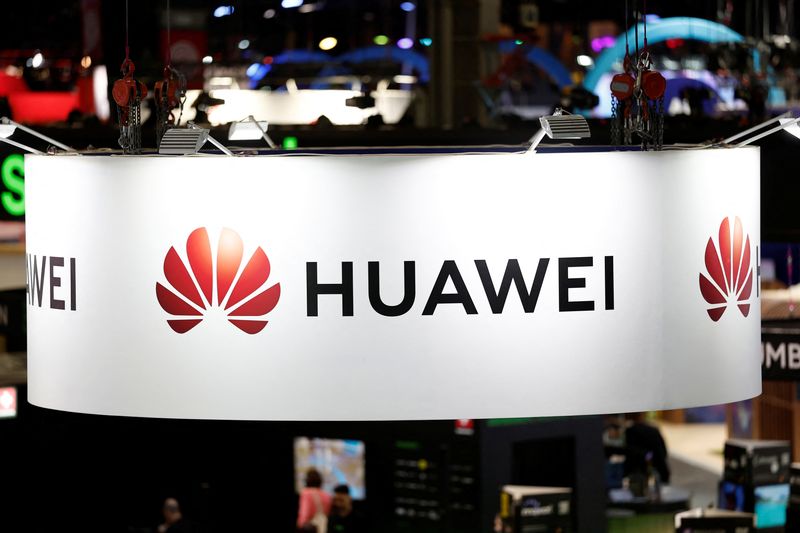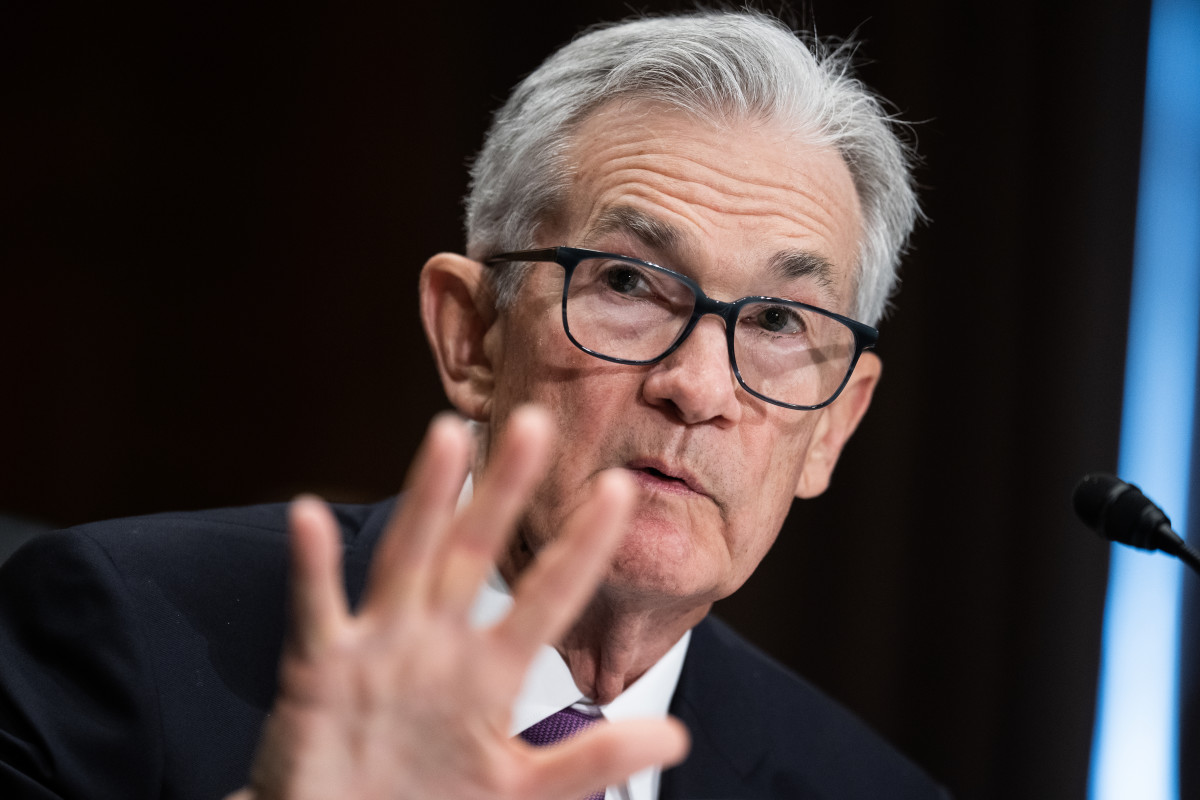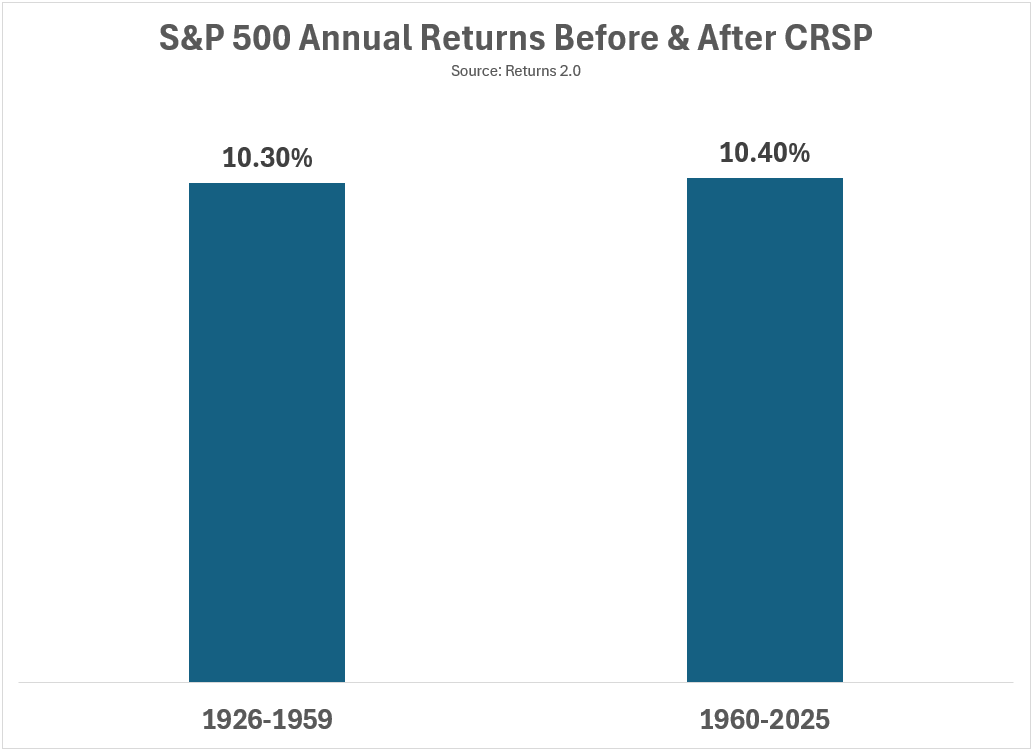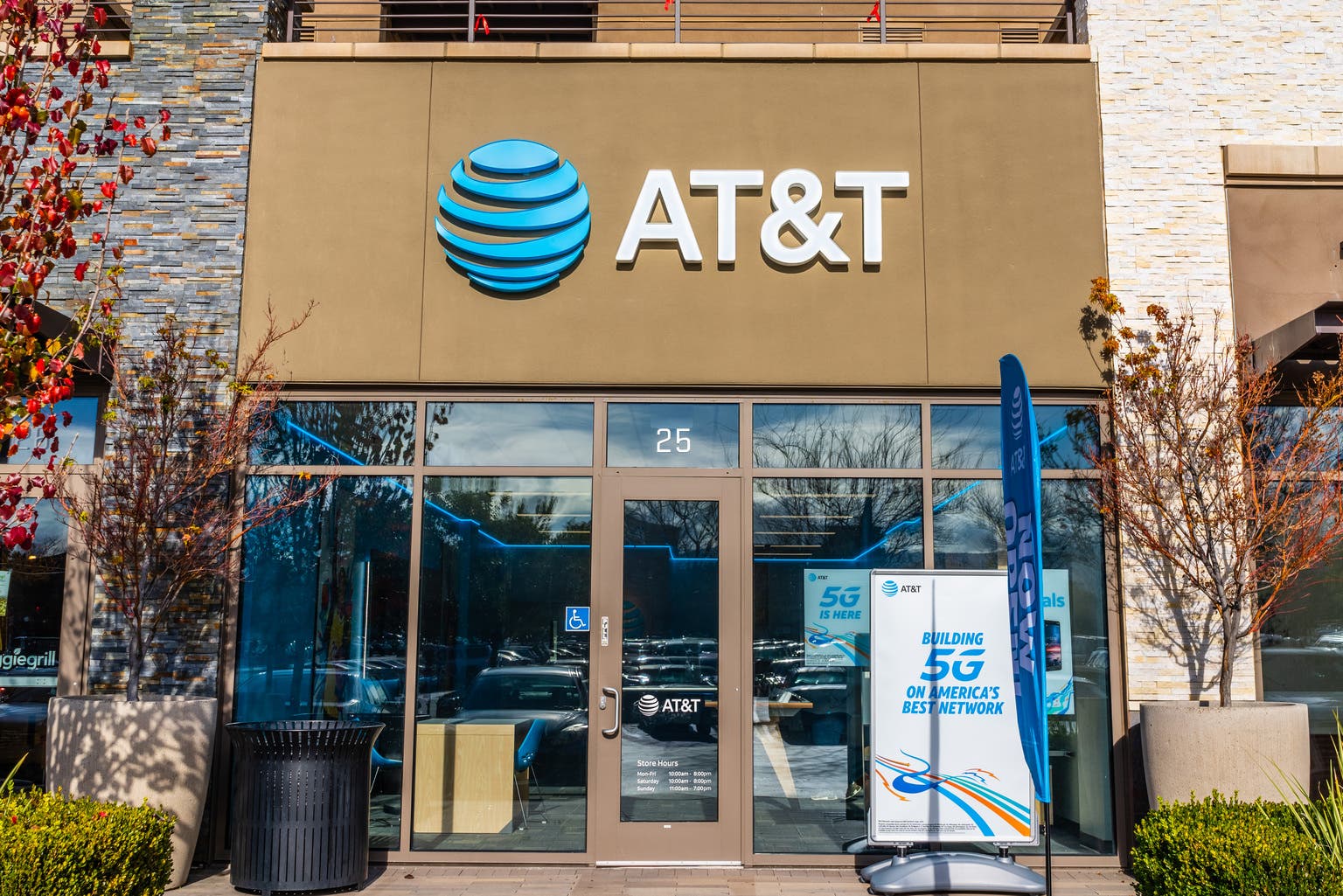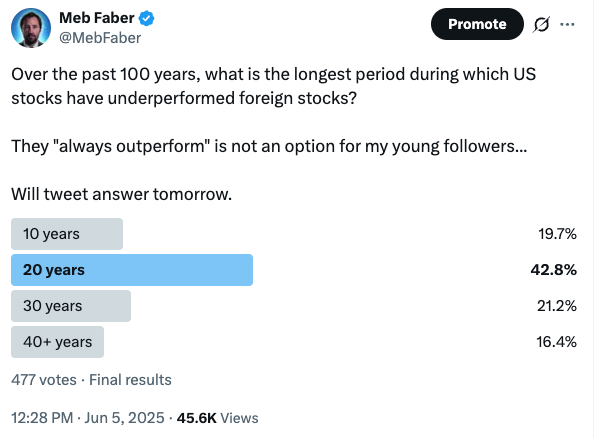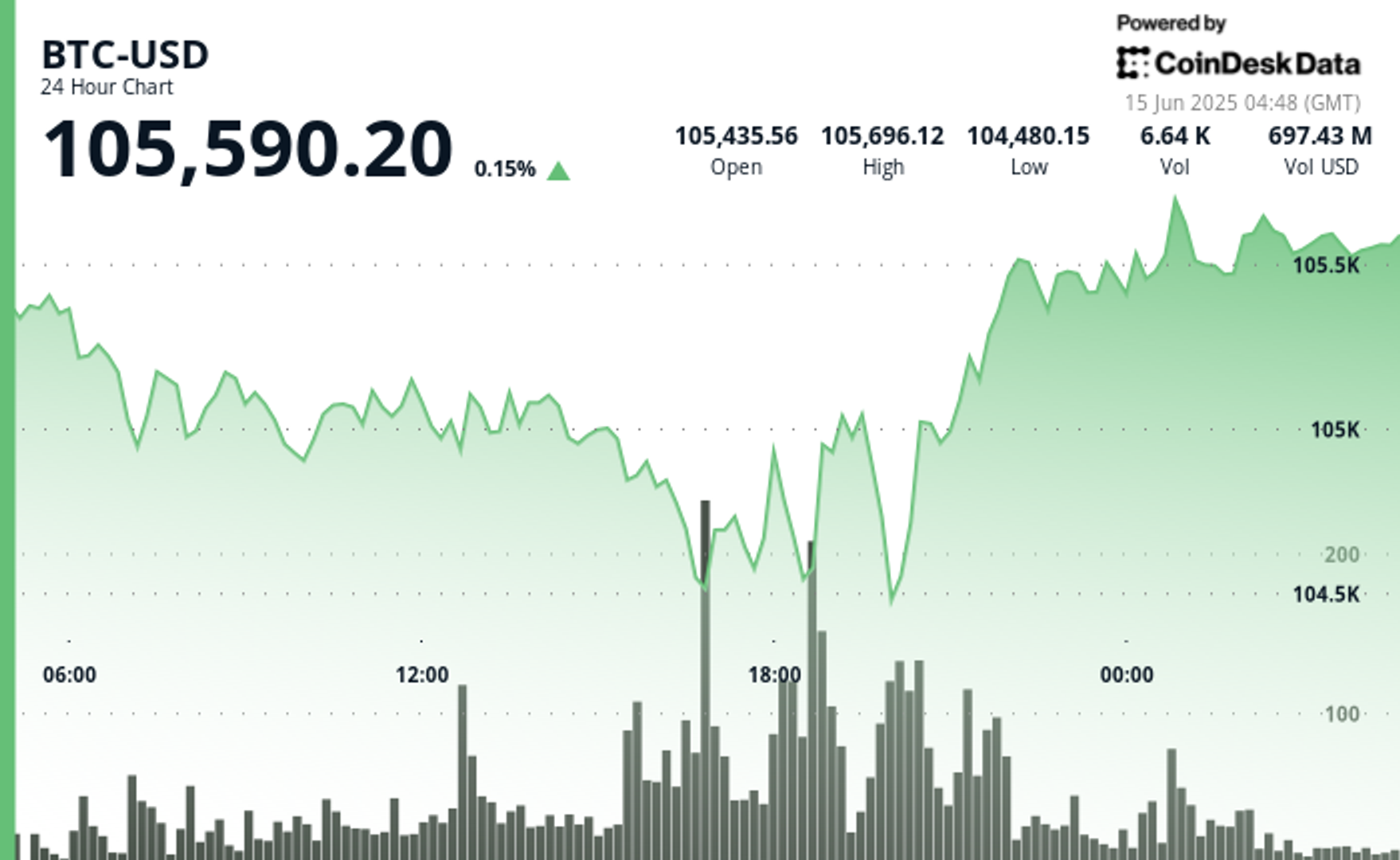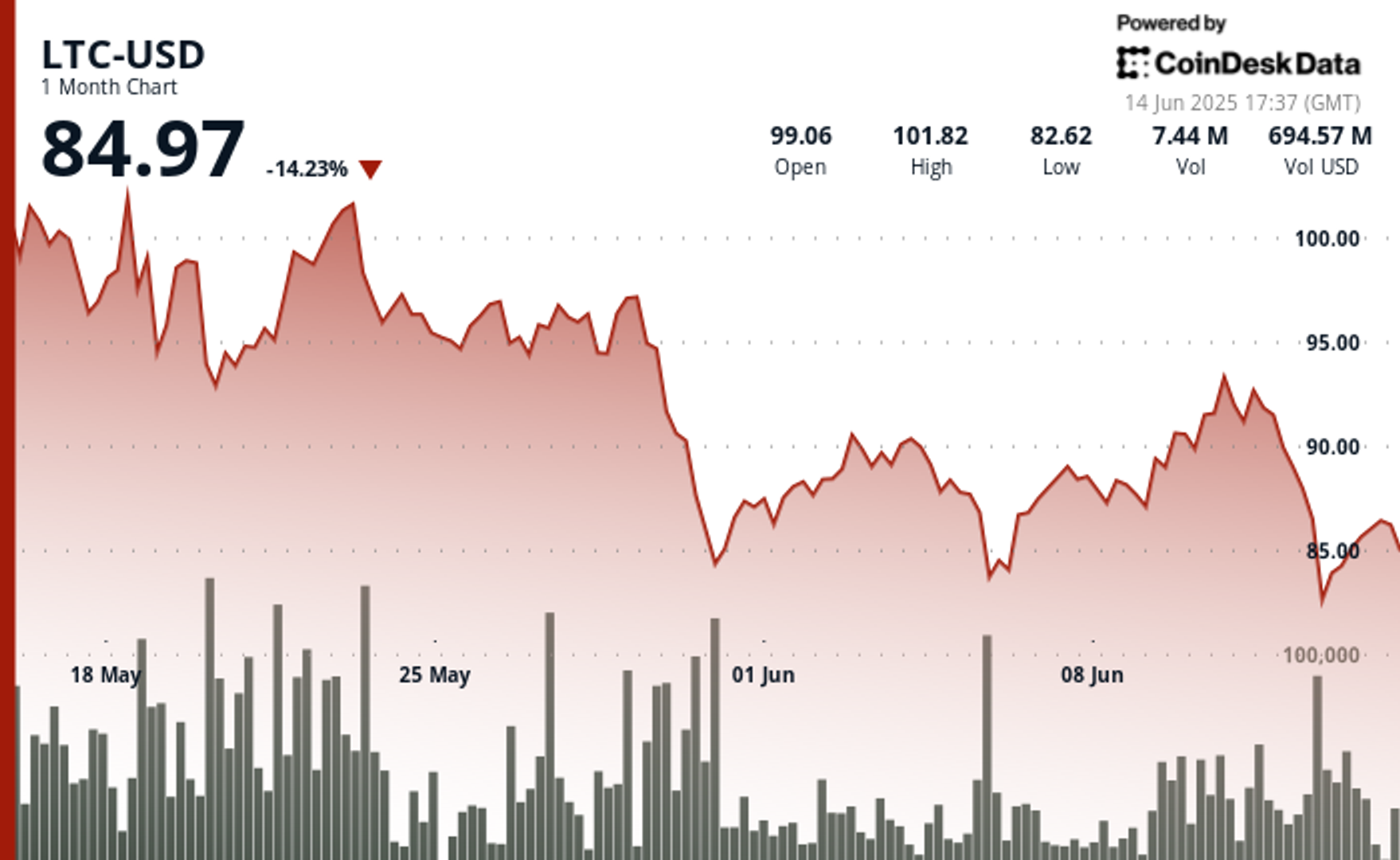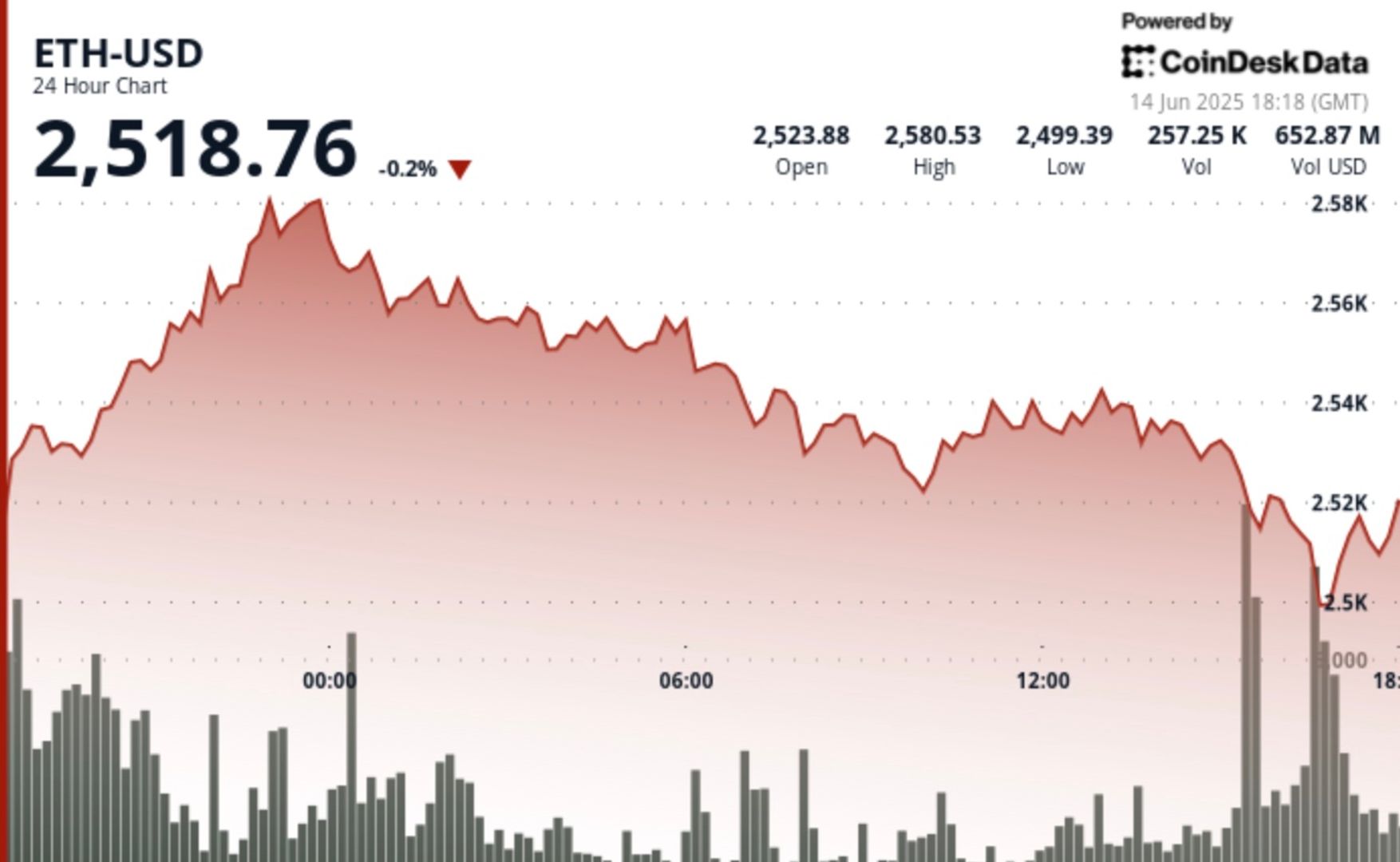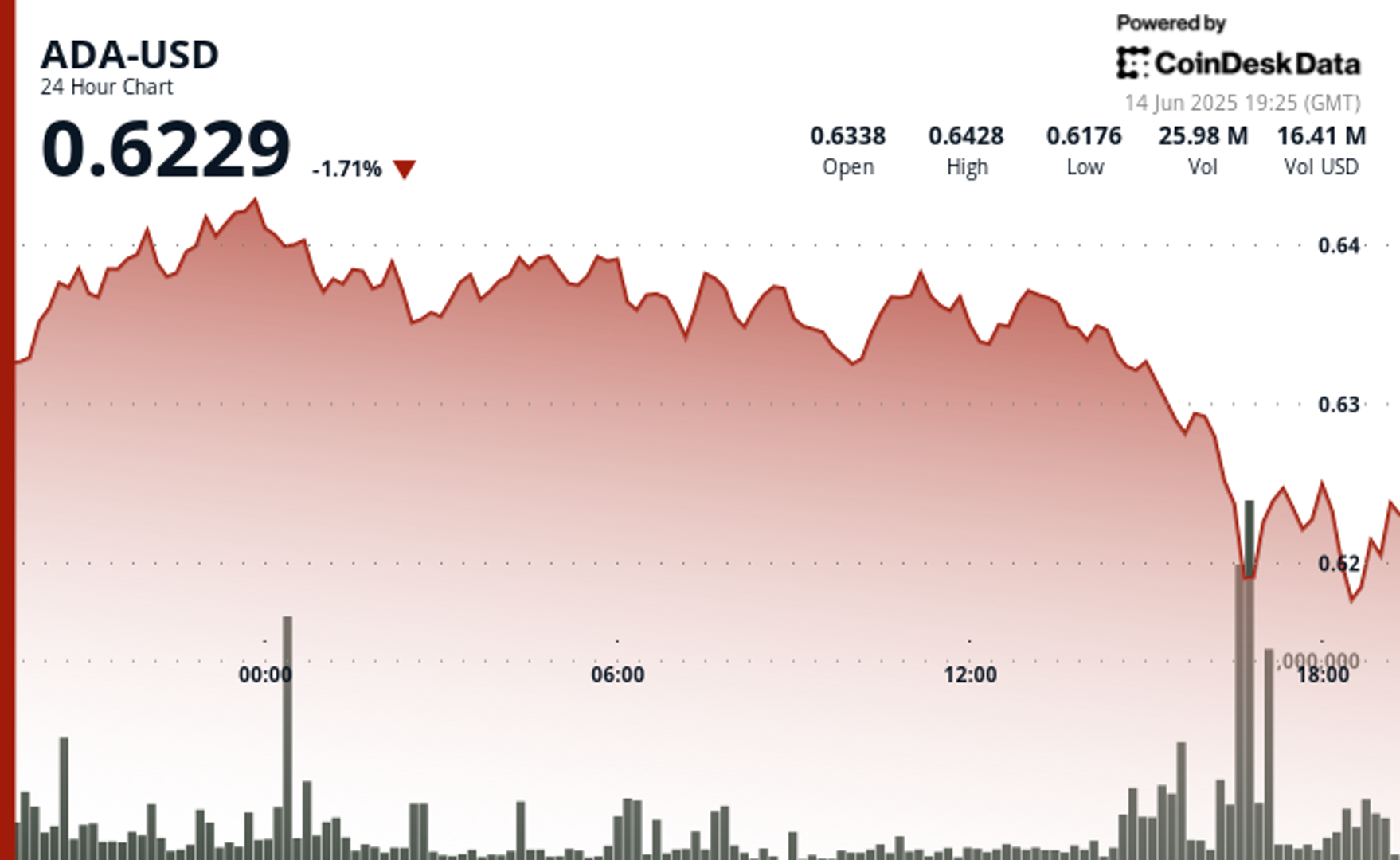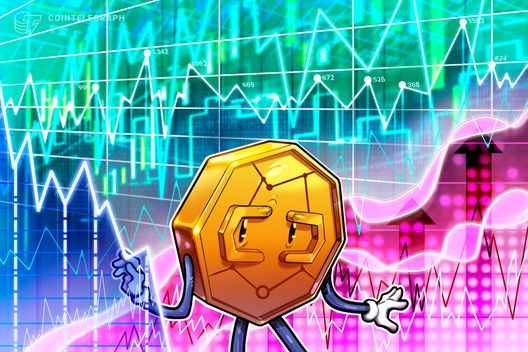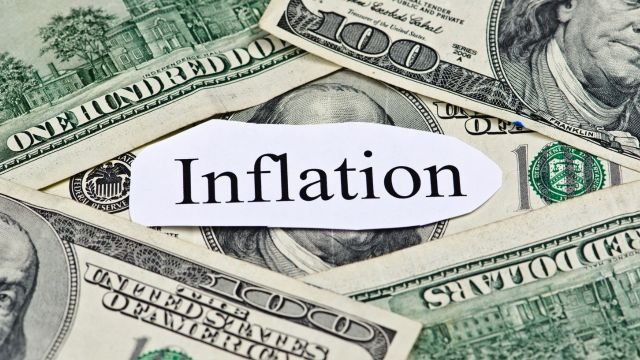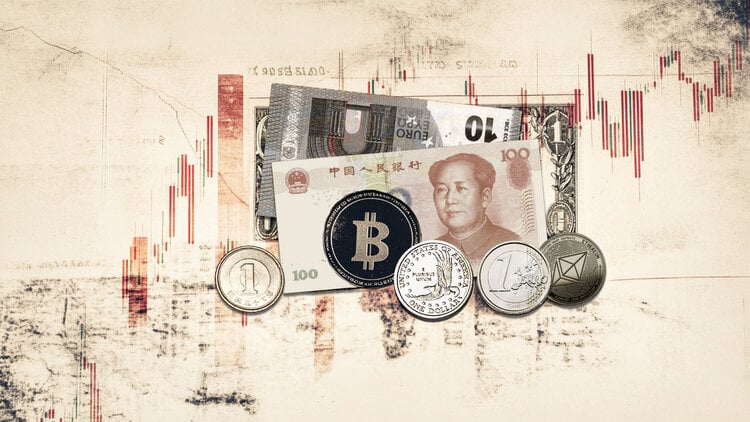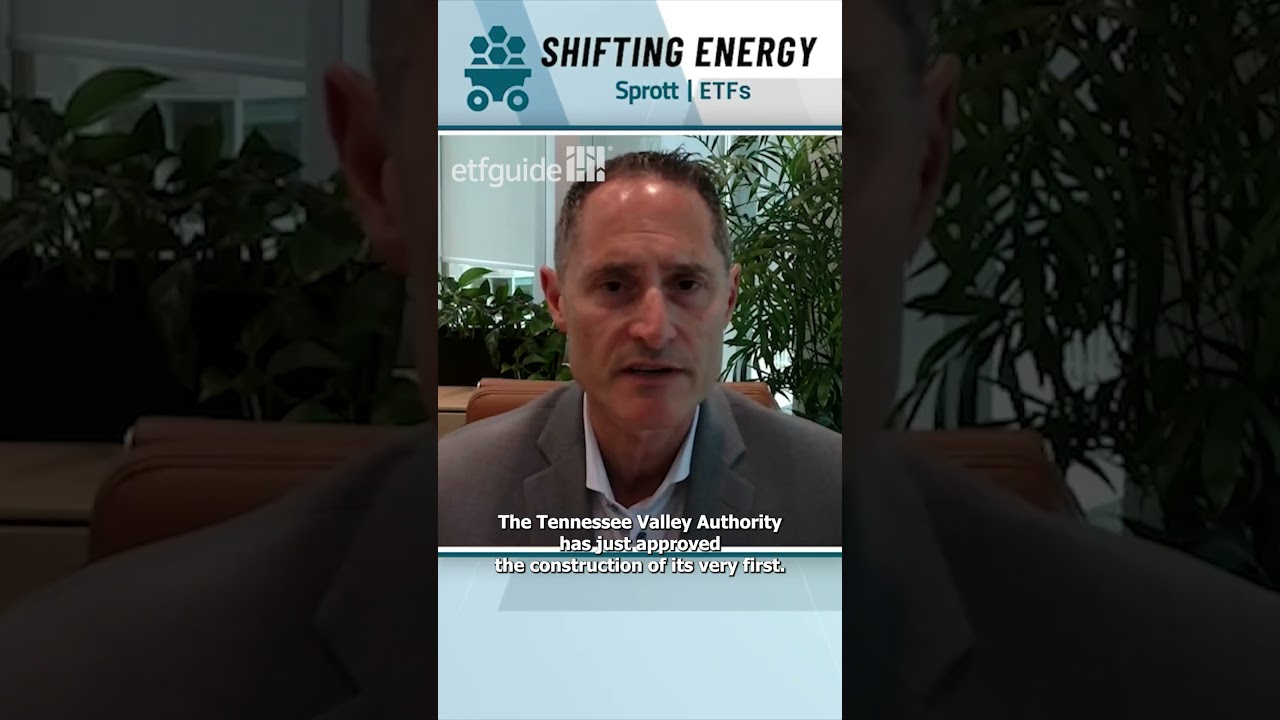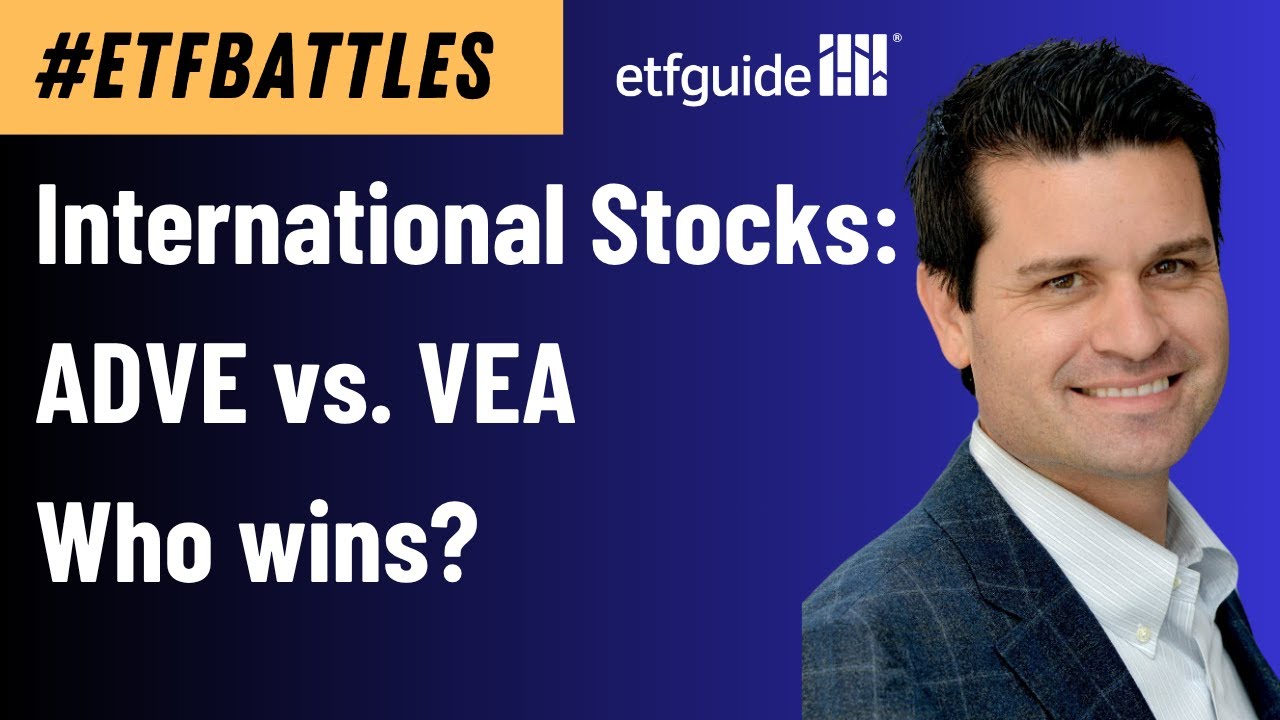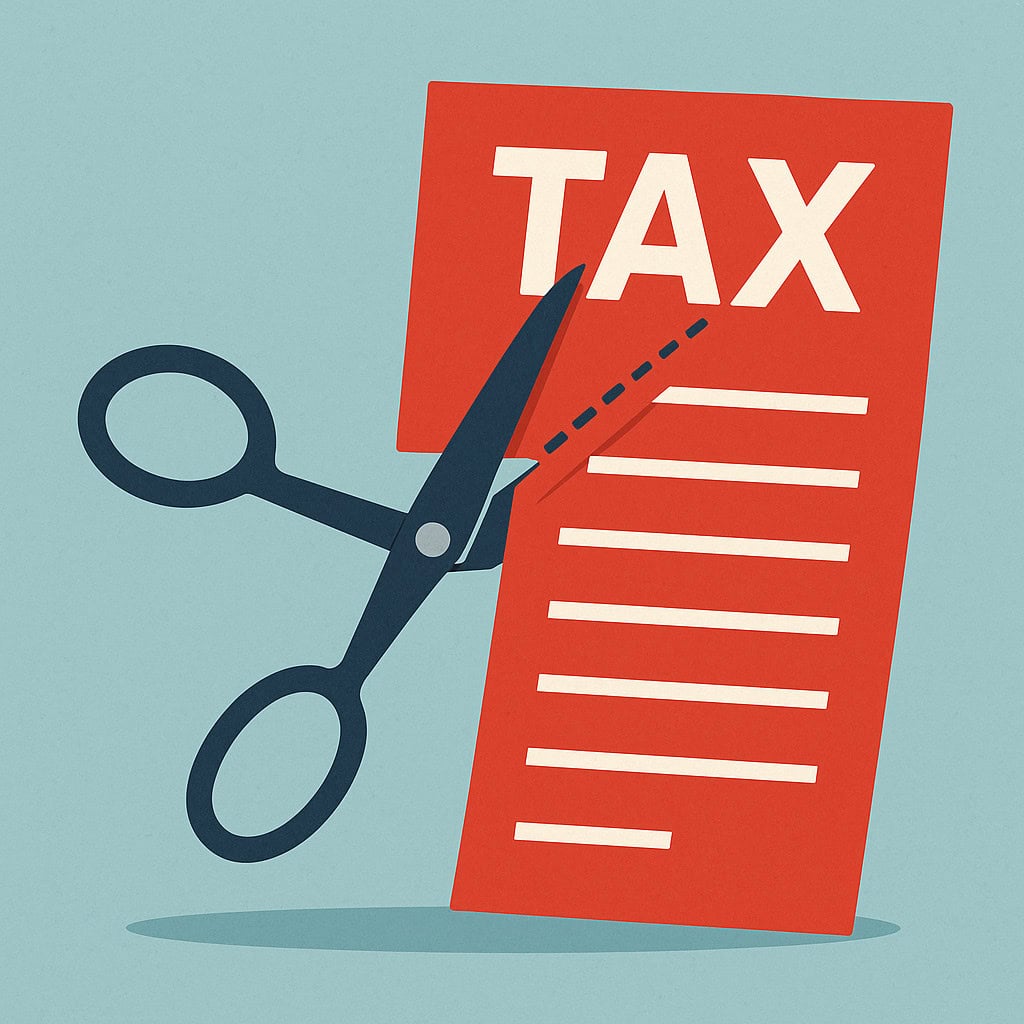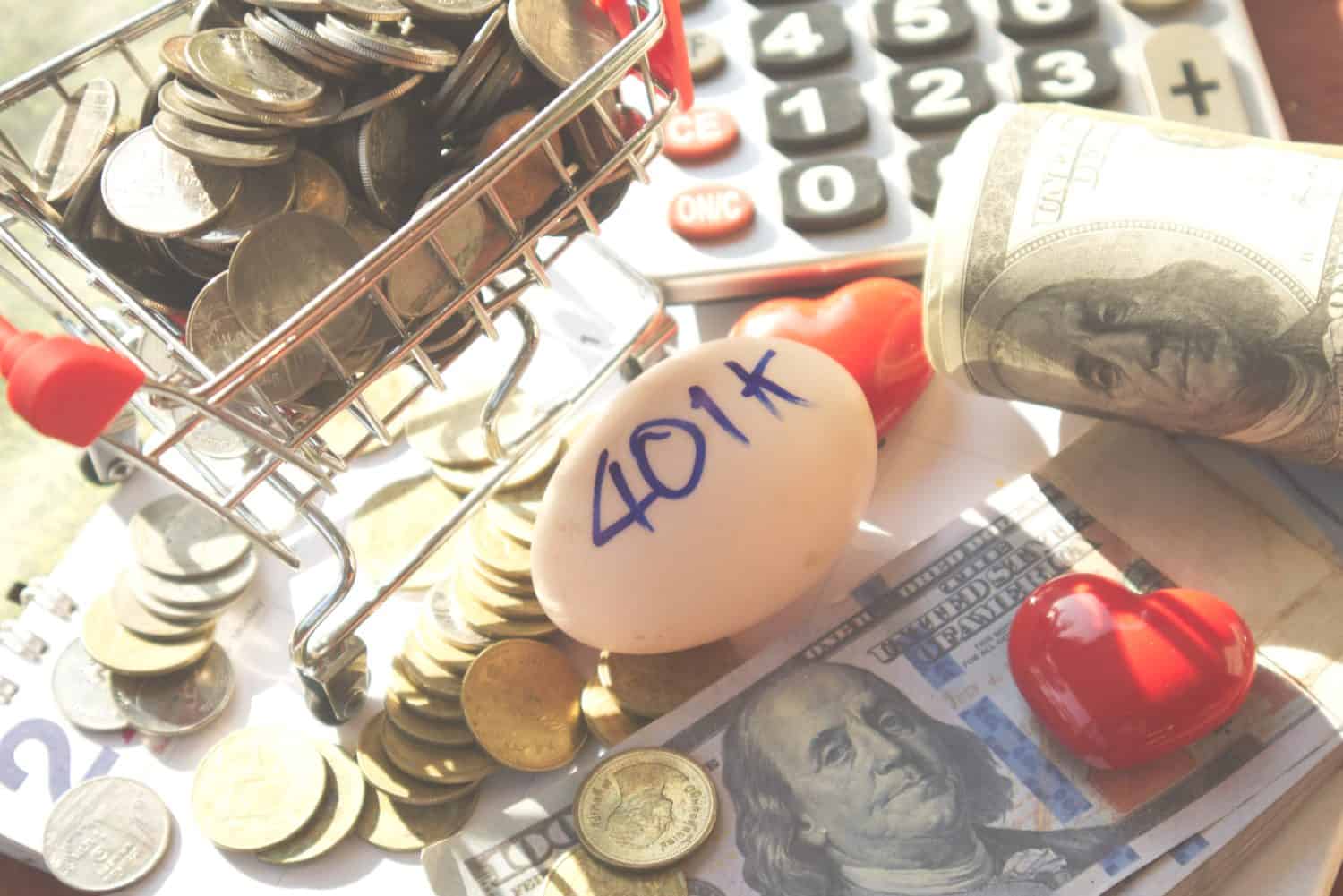I Questioned the Value of Dividend ETFs like JEPI, Here’s What I Discovered
Conventional dividend investing can be a rewarding strategy for investors looking for capital preservation and income. But it might not be everyone’s cup of tea. We stumbled across a post by a Redditor who was questioning the value of establishing a dividend portfolio with dependable dividend funds if it has the unintended consequence of slowing […] The post I Questioned the Value of Dividend ETFs like JEPI, Here’s What I Discovered appeared first on 24/7 Wall St..

Conventional dividend investing can be a rewarding strategy for investors looking for capital preservation and income. But it might not be everyone’s cup of tea. We stumbled across a post by a Redditor who was questioning the value of establishing a dividend portfolio with dependable dividend funds if it has the unintended consequence of slowing down growth.
This Reddit member, whose insights could be found in the r/dividends subreddit, argued that some traditional dividend ETFs, like the Schwab U.S. Dividend Equity ETF (SCHD), iShares Core High Dividend ETF (HDV) and Vanguard High Dividend Yield Index EETF (VYM), add less value to an investor’s overall portfolio than one might think, effectively working to thwart its growth potential.
Instead, he prefers covered call ETFs, like the JPMorgan Equity Premium Income ETF (JEPI), which take a more aggressive approach to cash flow generation – buying securities and then selling call options on them for a profit. It’s a tradeoff, given the mechanics of a covered call ETF, which can limit both upside potential and downside protection.
Key Points
-
Dividend stocks have their place in a portfolio, but what if they are slowing down growth?
-
A balanced strategy of covered-call and traditional ETFs could provide the best of both worlds if it meets your risk/reward profile.
-
Are you ahead, or behind on retirement? SmartAsset’s free tool can match you with a financial advisor in minutes to help you answer that today. Each advisor has been carefully vetted, and must act in your best interests. Don’t waste another minute; get started by clicking here. (Sponsor)
Winners & Losers
The stock market, with its countless strategies and sea of ETFs, is an arena of winners and losers. That is what makes the markets go ’round. At the end of the day, it boils down to an investor’s personal risk-reward profile and their unique financial goals, whether it’s retirement, college education, buying a vacation home, etc. Whether you prioritize preserving wealth, generating income or capital appreciation is a personal choice, influenced by individual risk tolerance and growth expectations.
Nevertheless, it’s never a bad thing to challenge status quo. So, we wanted to reverse-engineer this Redditor’s strategy to explore whether there’s still a valuable place for dividend ETFs. While we always encourage consulting with an investment professional for asset allocation advice, we also suggest considering a balanced approach.
If your primary aim is growth, you could indeed direct a larger portion of your portfolio toward ETFs specifically designed to deliver just that—like the Invesco QQQ Trust (QQQ), as our Redditor suggests. But this doesn’t mean sacrificing dependable income entirely; a steady stream of cash can be incredibly useful, especially for those unexpected rainy days.
By incorporating covered call ETFs that align with your risk-reward profile, alongside the market’s dependable stalwarts, you can keep the door open to a potentially consistent income flow. Whichever path you choose, as the ultimate manager of your own portfolio, you’ll want to keep a close eye on your holdings, particularly in today’s volatile climate, and make adjustments that move you closer to achieving your long-term financial goals
Growth vs. Income
To make his point, our Redditor pits a traditional dividend ETF – SCHD – up against one focused on growth – the (QQQ). Over the past decade, SCHD has delivered annual growth in the ballpark of 11%, while QQQ has generated 17% in the same time frame. This led him to the conclusion that investing in SCHD would severely dent a portfolio’s growth rate, ultimately watering it down. He pointed out that a modest 2.5%-3% dividend yield from SCHD is no windfall.
Instead, he introduced an alternative strategy, particularly for portfolio sizes ranging around the half a million dollar mark. In what he described as a “higher-capital” approach, he would direct as much as 80% of the portfolio into the QQQ ETF for long-term capital appreciation. The remaining 20% could be directed into the aforementioned covered-call ETFs, such as the JPMorgan Nasdaq Equity Premium Income (JEPQ), the Neos Nasdaq 100 (QQQI), or Goldman Sachs Nasdaq 100 Premium Income (GIPQ) funds, where yields are in the double-digit percentage range.

This Redditor is convinced that this strategy offers him the “best of both worlds,” including growth from the bulk of the portfolio and a hedge against inflation with the safer dividend ETFs. Should the growth-oriented covered call ETFs fail to grow as expected, he argues that by reinvesting the income, they’d still beat the the conventional dividend ETFs on a compounding basis over the long term.
In essence, they’re suggesting pivoting away from safer value stocks that pay small dividends in favor of covered call strategies using growth stocks/ETFs to get more bang for their buck. This way the opportunity for potential capital appreciation is there.
The Solution
We salute this Redditor for his well thought out investment strategy and challenging investors on whether to pursue aggressive growth or steady income. While many investors champion high-growth strategies, deeming it a hill worth dying on, others are satisfied with the overall performance of dividend stocks, choosing to forego the dependence on the inherent swings of the equities markets for a more dependable fixed-income approach.
While we are not touting one investment strategy over the other, there is a time and a place for dividend stocks. While they may not match the capital appreciation of our Redditor’s covered call strategy, they can provide an assurance to investors during times of heightened economic or market uncertainty. The steady stream of income may offer some shelter from the storm, regardless of the direction of share prices. This is especially true for investors who are nearing retirement, when they will likely depend on this income to replace that of a job.
While we highly advise investors discuss their goals with a financial advisor, they might want to consider a blended approach, one that involves exposure to both growth and income within a single portfolio, thereby increasing the chances of balancing both risk and rewards.
The post I Questioned the Value of Dividend ETFs like JEPI, Here’s What I Discovered appeared first on 24/7 Wall St..





